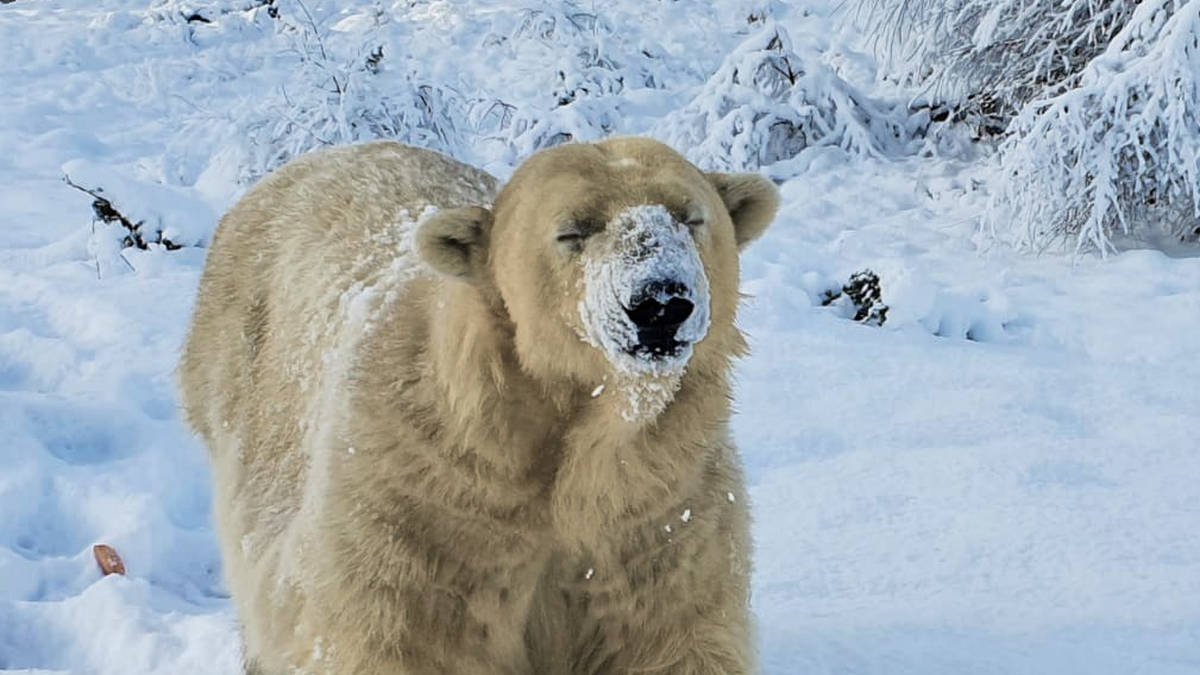Final Days of the UK’s Oldest Polar Bear: A Life of Care and Compassion
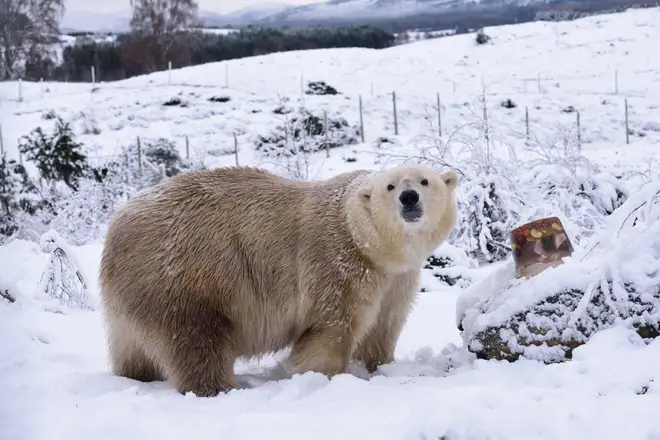
Veterinarians at the Highland Wildlife Park euthanised Victoria, the UK’s oldest polar bear, due to age-related health complications. As the UK’s oldest polar bear, she had received months of specialized geriatric care to ease her discomfort. The Royal Zoological Society of Scotland (RZSS) made the decision after consulting experts, who confirmed that the quality of life for the UK’s oldest polar bear had severely declined.
The Journey of the UK’s Oldest Polar Bear: From Germany to the Highlands
Born in 1996 at Rostock Zoo in Germany, Victoria lived a life that spanned three countries. She gave birth to her first cub, Malik, at Aalborg Zoo in Denmark in 2008. She later arrived at the Highland Wildlife Park in Scotland in March 2015. There, she continued to contribute to conservation efforts through the European Endangered Species Programme (EEP).
Motherhood and Milestones: A Pioneering Polar Bear
Victoria is best remembered as the mother of Hamish — the first polar bear cub born in the UK in 25 years. Hamish’s birth in December 2017 marked a turning point in captive breeding programmes for polar bears in the UK. In 2020, the Highland Wildlife Park transferred Hamish to the Yorkshire Wildlife Park Resort in Doncaster, where he now lives among a group of six polar bears.
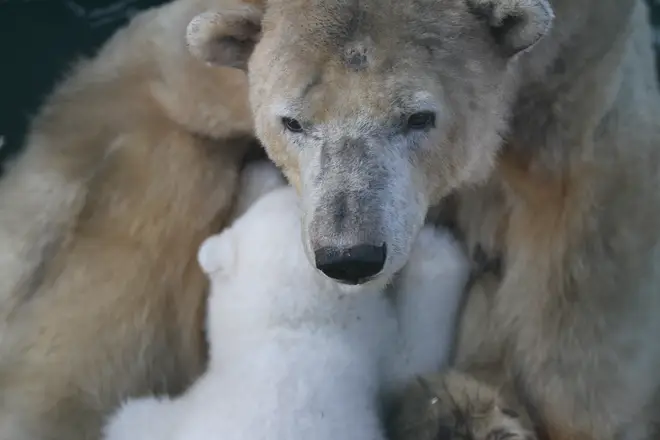
Victoria also shared her enclosure with her second cub, Brodie, now three years old. Keepers noticed in late 2023 that Victoria was having difficulty keeping up with the younger bear. Her care included expert veterinary supervision and a specialized diet. She was fed oily fish such as sardines, mackerel, and salmon, along with supplements like cod liver oil and lard to replicate the health benefits of a wild seal-based diet.
Veterinary Expertise and Collaborative Care
The decision to euthanize Victoria was not made lightly. RZSS staff relied on extensive resources, including the experiences of other zoological institutions and skeletal studies of polar bears, to evaluate the impact of aging on her bones and joints. Comparisons to geriatric care in domestic cats and dogs also informed her treatment strategy.
Caretakers managed Victoria’s arthritis and joint pain with medication and adjusted her living conditions to accommodate her changing mobility. According to the RZSS, Victoria’s age of 28 was like being in her 90s in human years. This was remarkable for a species that usually lives 15 to 18 years in the wild and up to 30 in captivity.
A Lasting Conservation Impact
Though Victoria’s life came to a natural close, her contribution to polar bear conservation lives on. Victoria continues to contribute to conservation through her cubs, Hamish and Brodie. They are part of genetic diversity initiatives managed by the European breeding programme. These efforts aim to strengthen the captive polar bear population. They may also support future rewilding or scientific research on species survival.
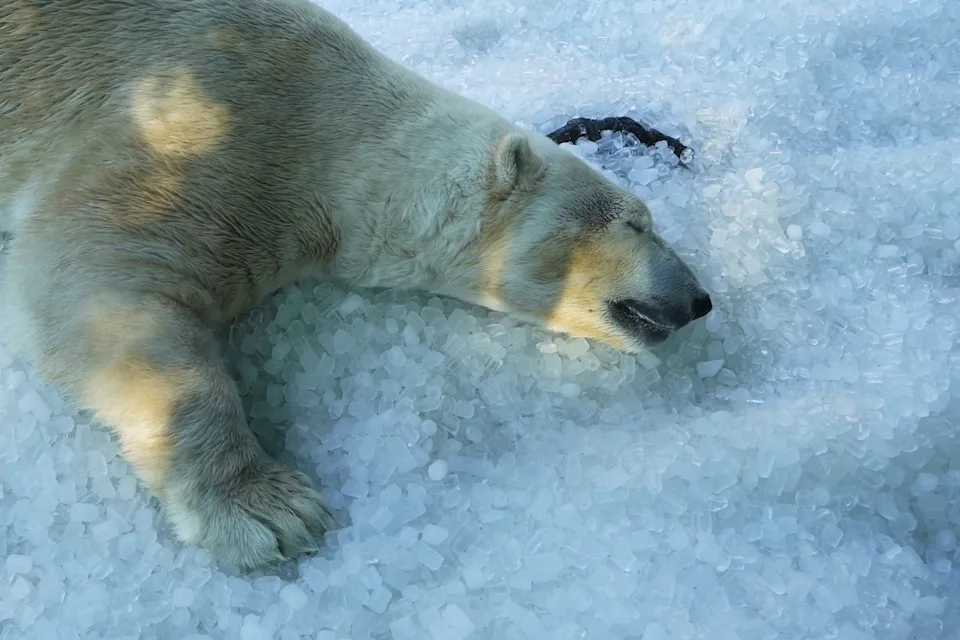
In a statement, RZSS expressed both sadness and gratitude. “Victoria leaves an incredible legacy through her cubs,” the statement read. “They play an essential role in the European breeding programme, which helps maintain a healthy and genetically diverse population of polar bears in human care.”
Living with Polar Bears: The Highland Wildlife Park’s Ongoing Commitment
The Highland Wildlife Park continues to care for several polar bears, including Walker (aged 16) and Arktos (aged 17), who fathered both of Victoria’s cubs. With Brodie still housed at the park, the legacy of polar bear conservation remains strong in the Scottish Highlands.
The Park previously housed another elderly polar bear, Mercedes, who passed away in April 2011 at the age of 30. The experience of caring for long-lived bears like Mercedes and Victoria has shaped the park’s approach to advanced animal welfare, especially for species sensitive to climate and habitat shifts.
Raising Awareness Through Individual Stories
Victoria’s life underscores the importance of individualized care and the human responsibility in animal stewardship. While captive bears can never replicate the full experience of wild polar bears, thoughtful, science-informed practices can improve welfare and enhance public education around the threats facing Arctic wildlife.
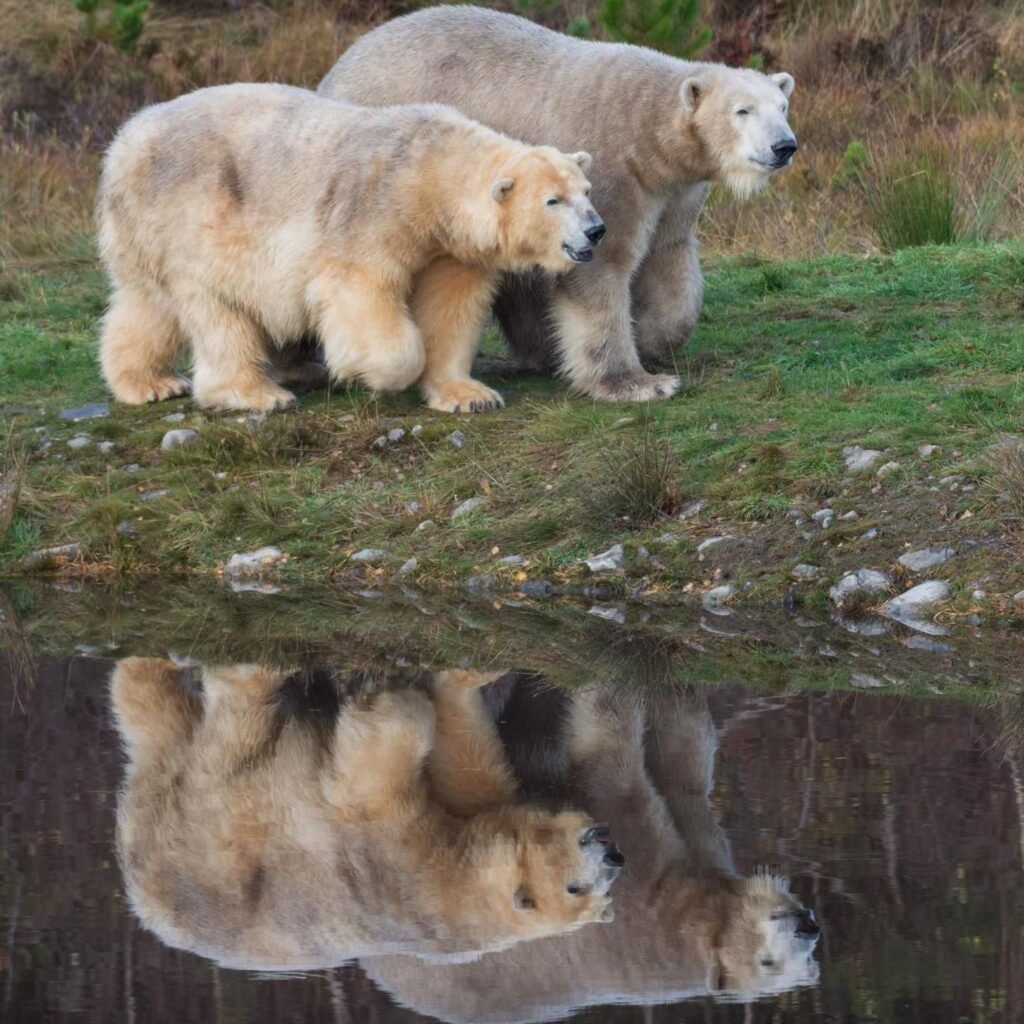
The story of Victoria is more than a farewell — it’s a reminder that conservation is built on dedication, compassion, and continuity. Her presence in the UK helped raise awareness about the challenges polar bears face due to habitat loss, climate change, and dwindling prey availability.
